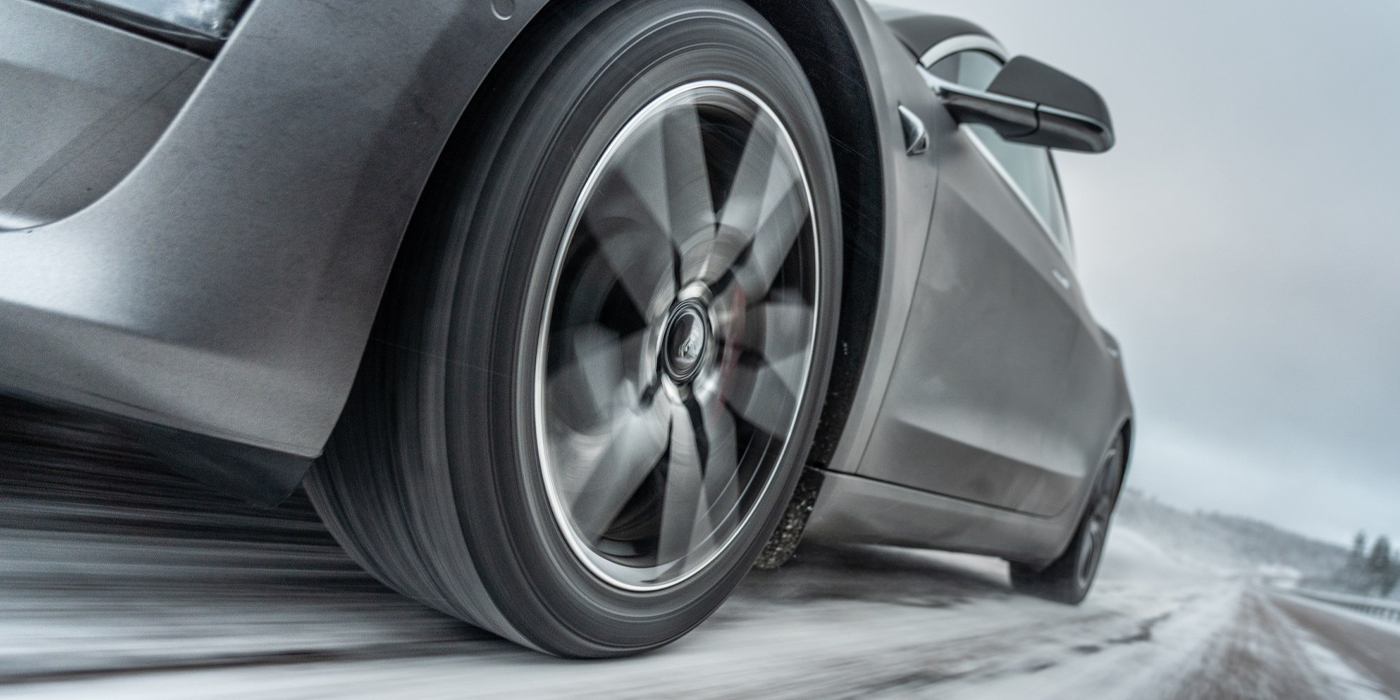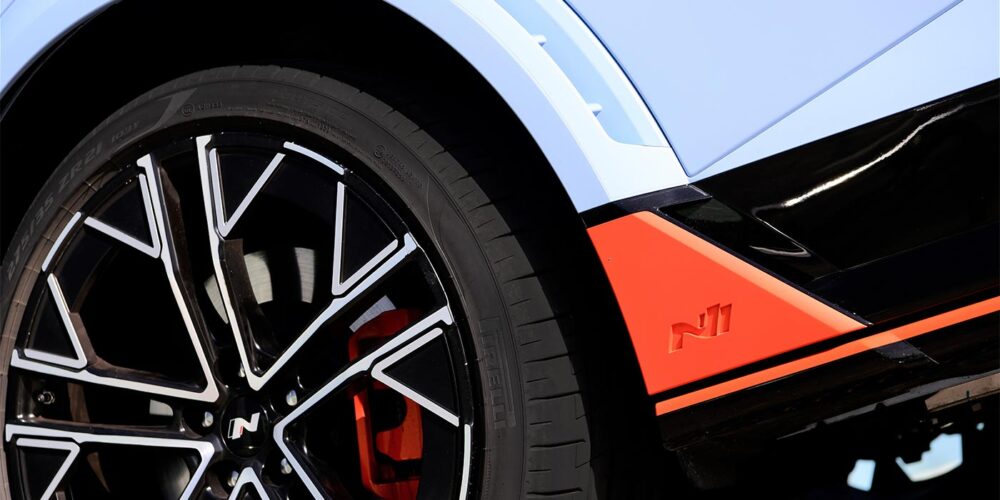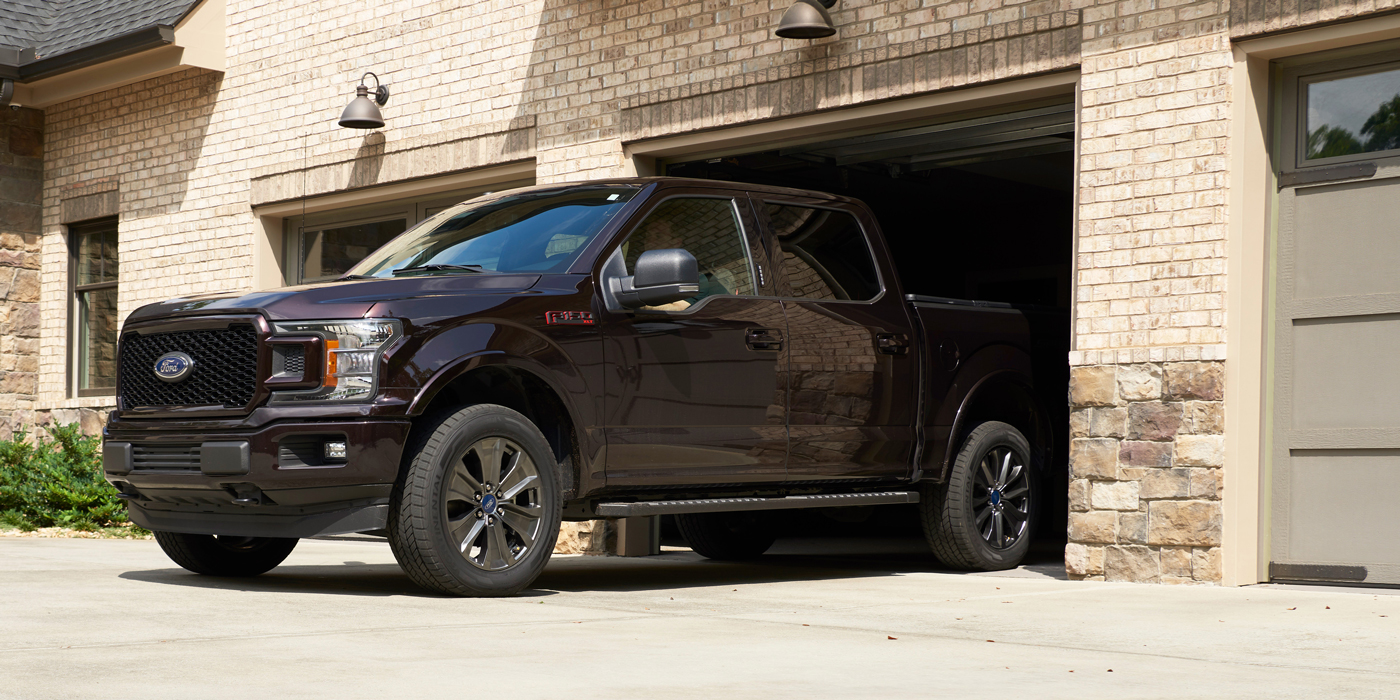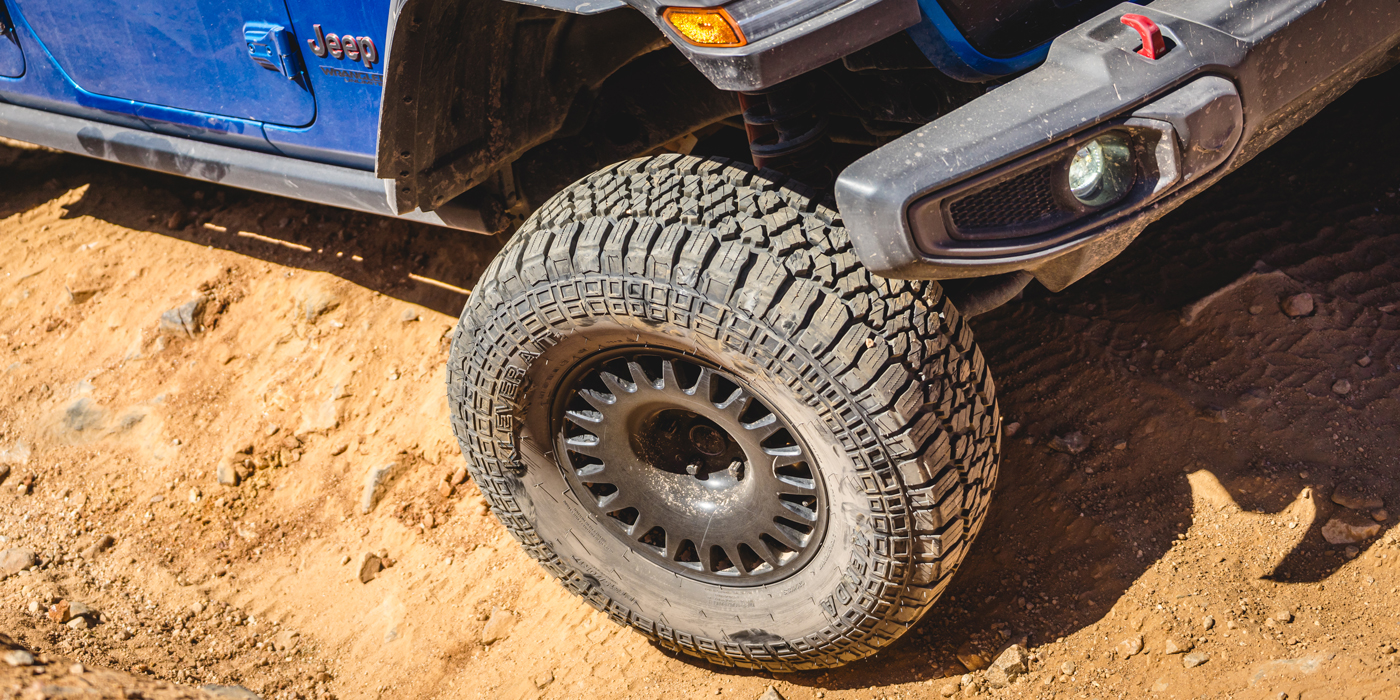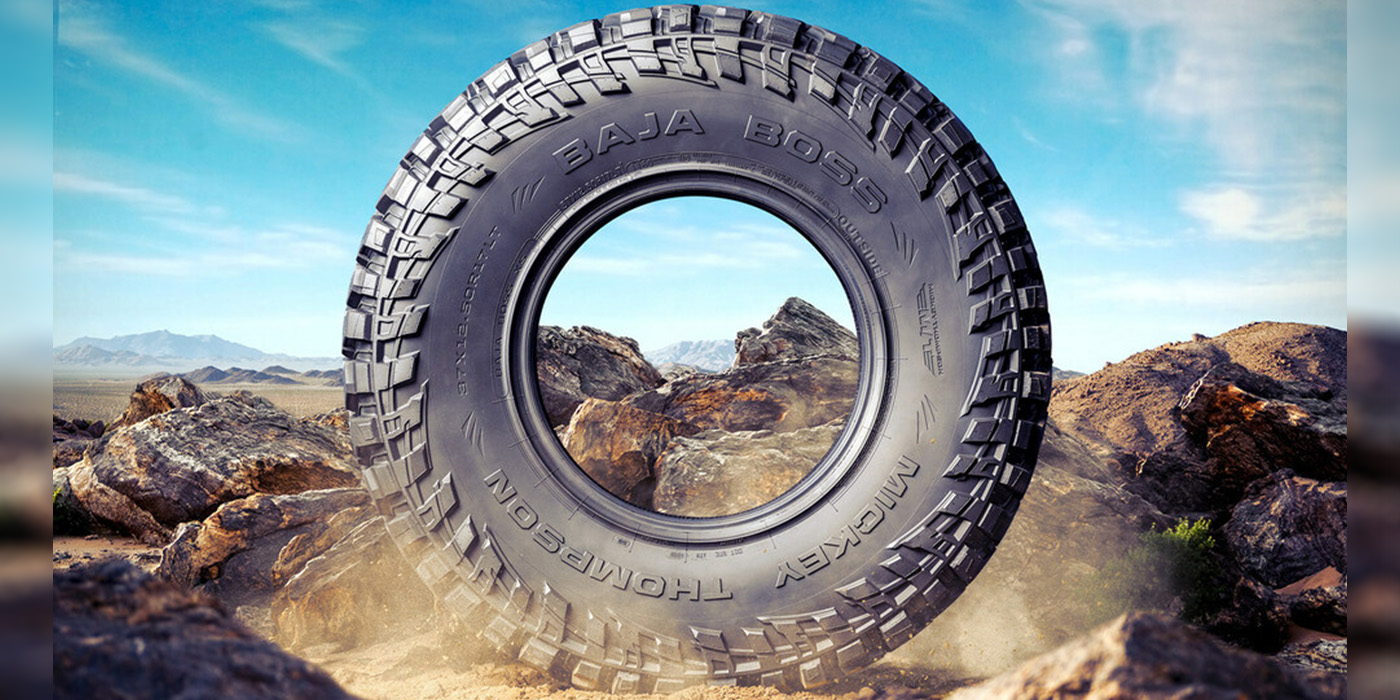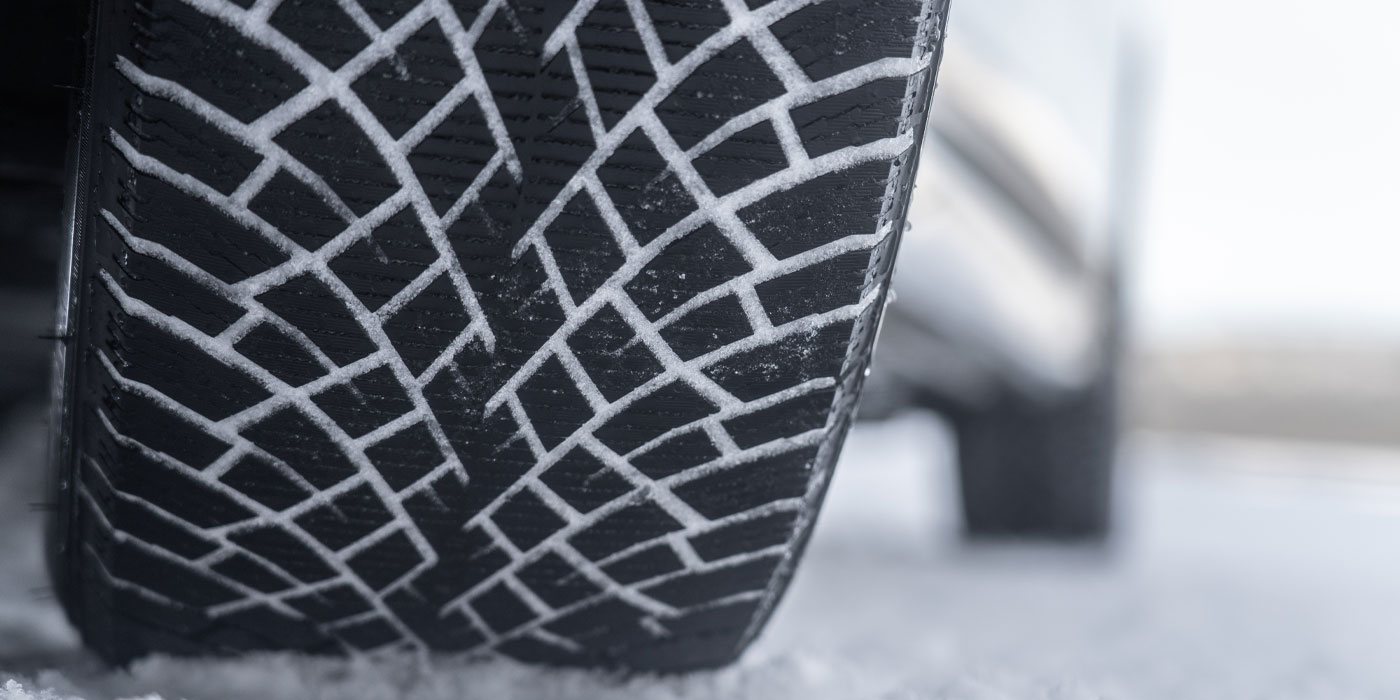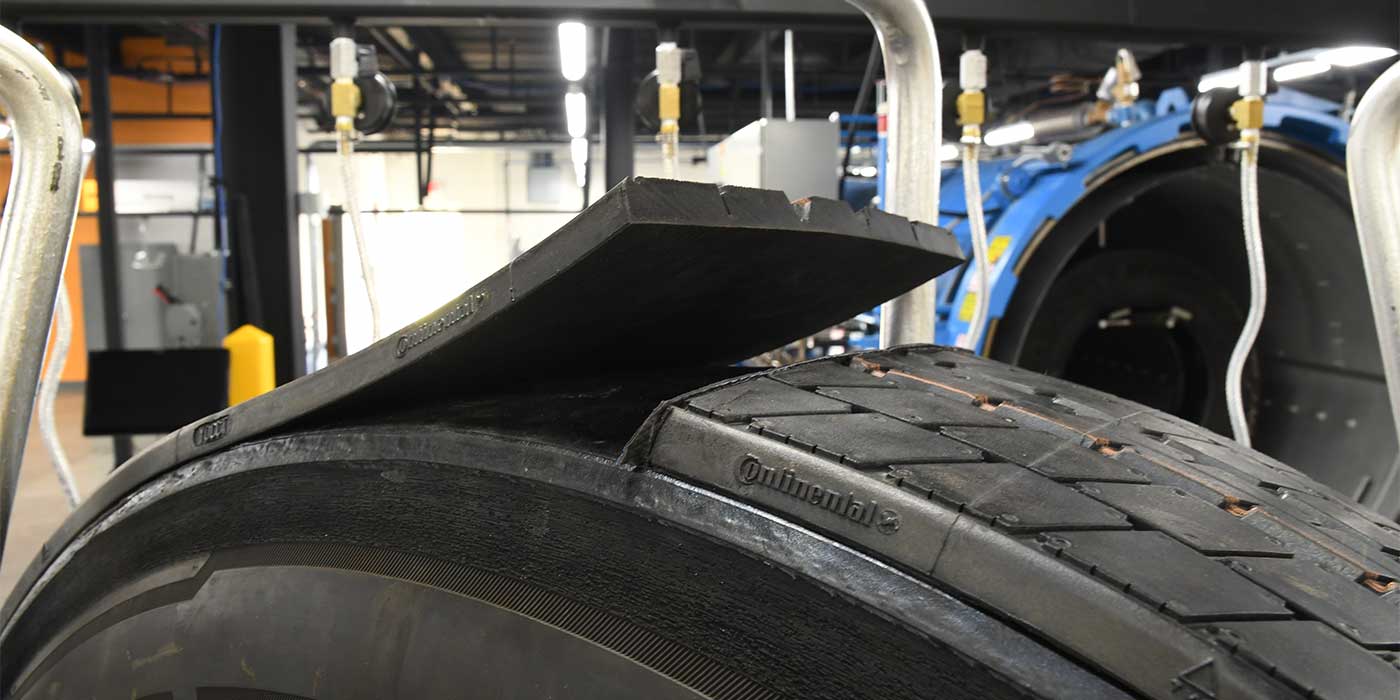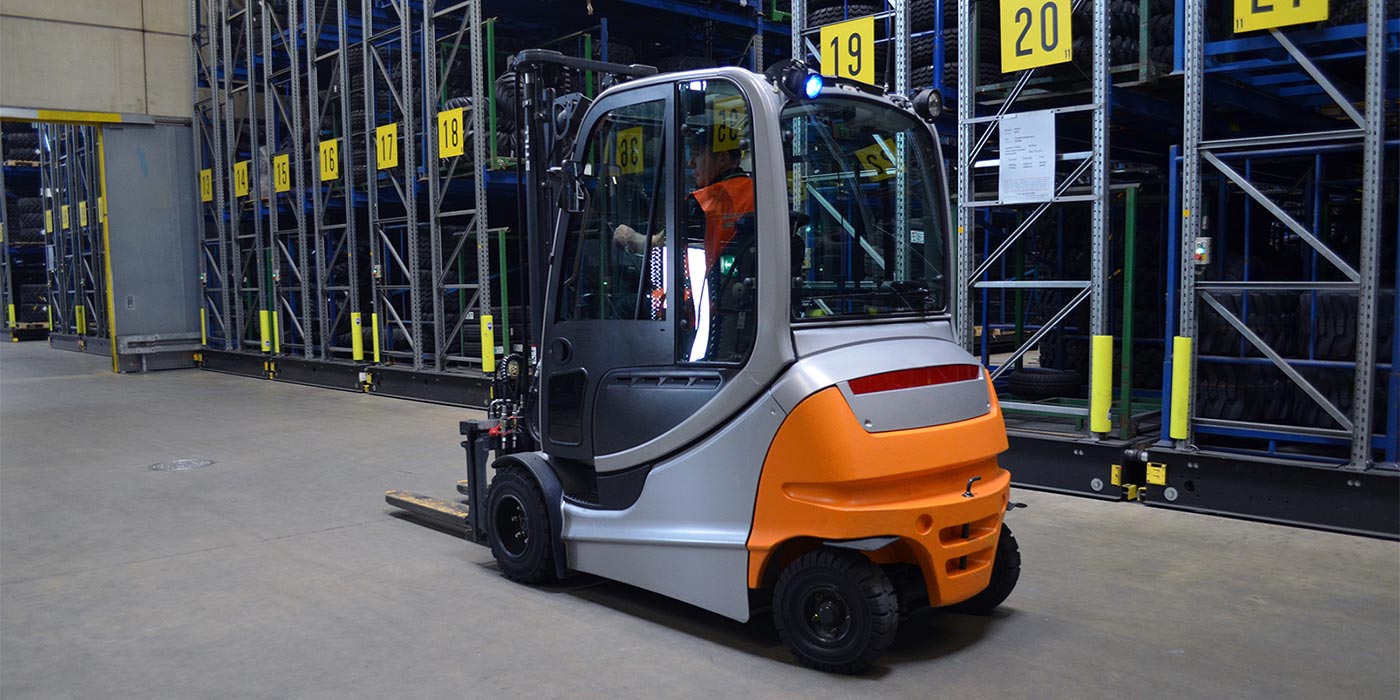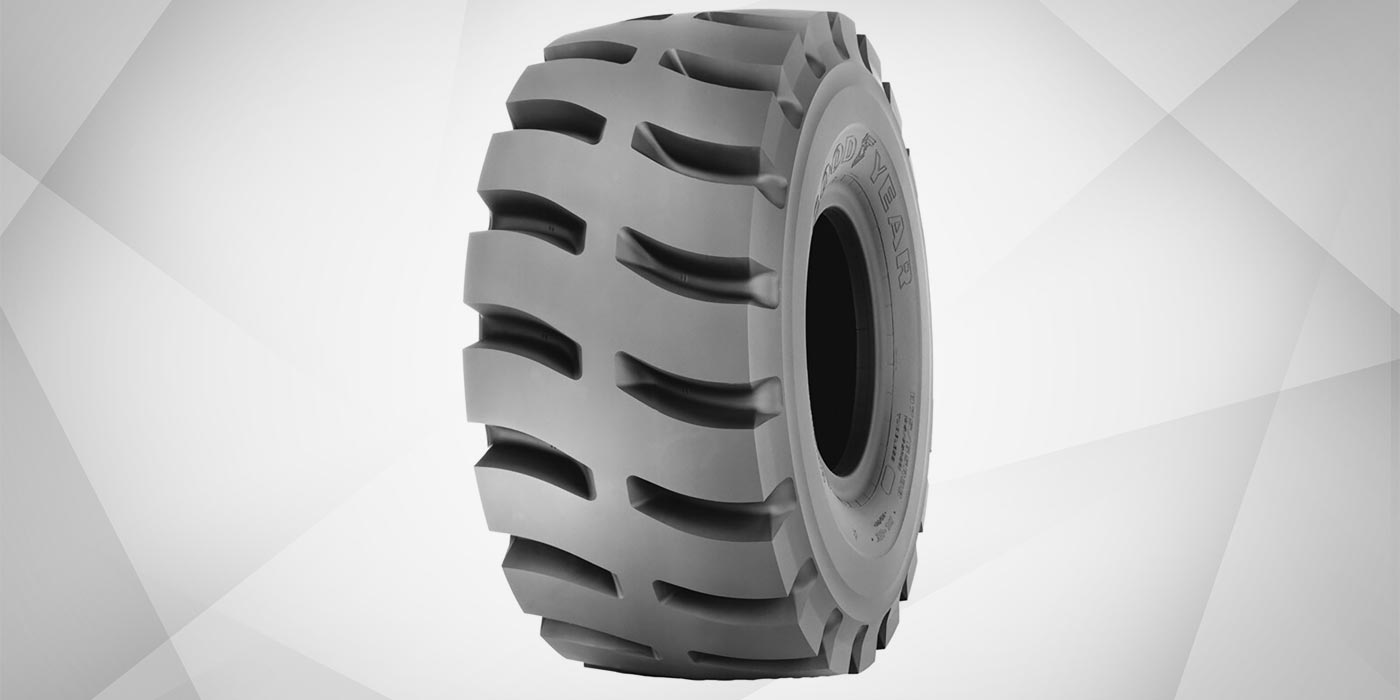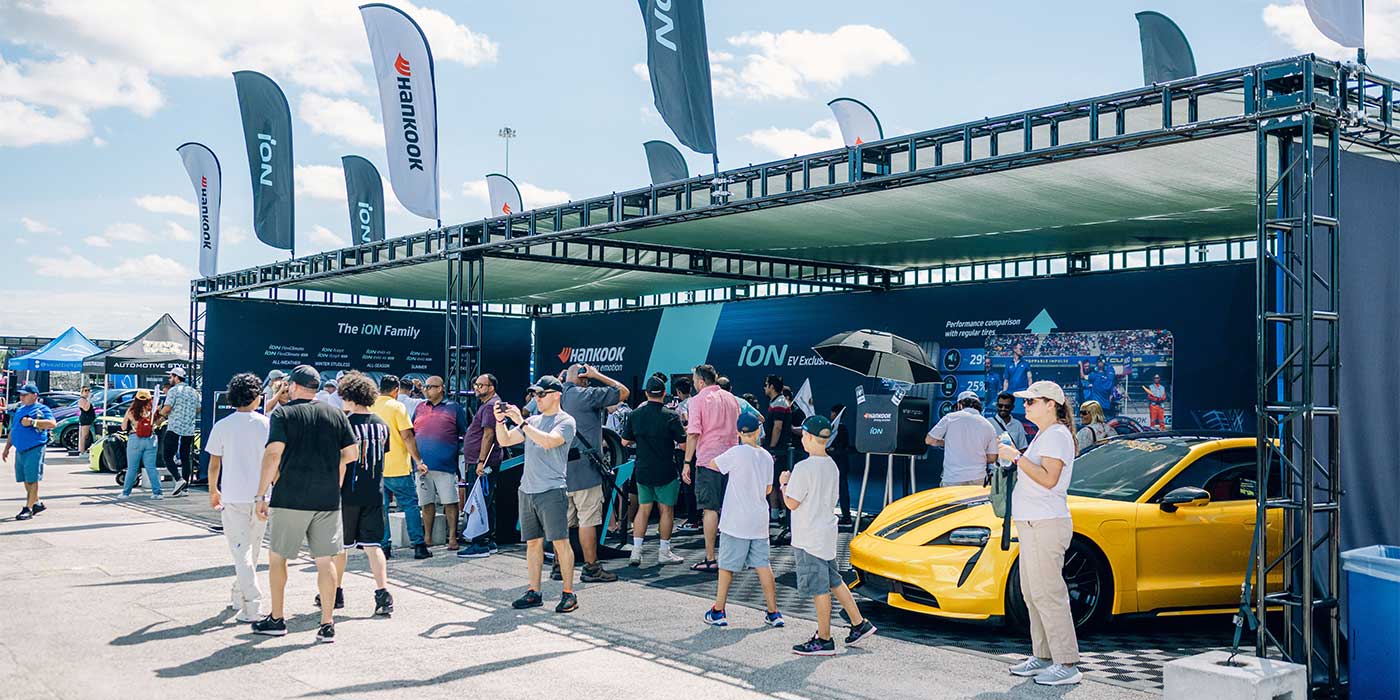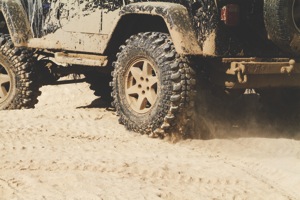 Mark Twain might have said that rumors of the death of off-road light-truck tires have been greatly exaggerated. And he would have been right.
Mark Twain might have said that rumors of the death of off-road light-truck tires have been greatly exaggerated. And he would have been right.
“Several years ago, prognosticators had deemed the light-truck tire market as dead,” says David Shelton, director of marketing for Giti Tire USA. “Today it seems it is still alive and very well.”
While the light-truck tire market has faced changes, many tire industry insiders agree it’s largely healthy, with signs of potential continued growth. And tire manufacturers seem prepared to fill that market with new and improved products.
“The off-road business segment continues to be very strong for BFGoodrich off-road tire lines,” says Michelin North America spokesman Tom Sullivan. “We have identified opportunities to continuously improve market coverage by anticipating the demands and trends of new sizes. The economic recovery makes us very optimistic for the future.”
“With a positive trend in miles driven and consumers continuing to regain confidence, the light-truck segment enjoyed positive performance in 2012,” adds Suzanne Mitchell, manager of brand development at Hercules Tire & Rubber Co. “However, consumers have become more price conscious and, moreover, they are looking for value. Key performance features and benefits are still important to consumers, but they are demanding more at a more affordable price.”
“Aftermarket sizing has been captured by the OE,” Shelton qualifies, “but many still want tires more for their particular application and use than the ‘streetable’ balance the OE manufacturer has to provide to reach the larger mainstream consumer market.”
“We had another solid year in sales for this segment,” summarizes Scott Jamieson, director of product management at Cooper Tire & Rubber Co. “Expectations would be for our growth to exceed the forecasted market growth in this segment into 2014.”
So, to what can the segment’s proverbial second wind be attributed? Shelton says it’s, well, the joy of life.
“Even though the economy has not recovered for all end-users, the market has remained relatively strong as people still wanted to go play,” he says. “Whether it was for showing off their rig, playing in the rocks or snow or mud, or going hunting, the desire to go out and play has remained.”
To that end, manufacturers are launching products with new features that they hope will generate additional excitement, some of which already are gaining market share in the segment.
“The appearance of the tires has become more aggressive,” Shelton describes, “with shoulder blocks evolving down into the sidewalls, the addition of increased sidewall protection and bigger blocks being used. A great deal of effort has gone into carcass design to stabilize the blocks, as well as tread block designs for stability, and compounding for grip and noise reduction. And let’s not forget that we are pressured to reduce rolling resistance at the same time.
“Basically,” he says, “we are re-engineering and redeveloping the light-truck tire for today’s end-user.”
“A great off-road light-truck tire starts with an internal carcass construction that’s rigid enough to resist punctures, yet compliant enough to allow the tire to form to the terrain,” Jamieson says. “Specially formulated compounds and tread designs have always had a large impact on the performance of a tire, and off-road tires are no exception.
“Optimizing the compound requires numerous development cycles until the right balance is found that allows the tread pattern to be flexible, yet strong enough to resist lug tearing and abrasion to the tire,” he says. “Advances in tread design that complement the compound are found in dual-drafted groove walls that reduce stone retention while maximizing the tread footprint area. Strategically placed stone ejector ribs prevent stone drilling for added protection.
“Not to be forgotten,” he adds, “is the buttress area of the tire. While not directly in contact with the road, an aggressive buttress can add more biting edges and traction surface when in loose soil and mud.”
Brand Selling Points
Manufacturers each are establishing their own areas of focus within these improvements, all in the name of healthy competition.
“We are proud to continue investing in BFGoodrich tire research and development – in particular the durability of our tires to make them stronger and better resistant in order to meet off-road hazards in extreme conditions,” Sullivan says. “Our success in off-road racing, such as Baja and King of the Hammers in desert endurance racing, demonstrates the capabilities of our tires.”
“GT Radial engineers and builds light-truck off-road tires to get you to and from where you need and want to go,” Shelton says. “We provide the durability to hold up to grueling use and survive when others may not. We design tread patterns and compounds to provide the grip that end-users want and need when they are on rocks, and the mud-slinging capability to power their way through a bog. We develop designs to represent the product’s capability to tackle the ruggedness of the environment that end-users want to experience. Lastly, GT Radial provides the civility that consumers expect when they are using the vehicle as their daily driver.”
“Every off-road light-truck tire we offer has a unique set of specialized functions with the overall goal of holistic design,” Jamieson says of Cooper, citing one model that offers on- and off-road versatility, another that maximizes rough-terrain performance, and yet another attuned to gaining traction in adverse terrain conditions.
And, for Hercules, the outstanding characteristic is “value, plain and simple,” Mitchell says. “There are a lot of great tires out there in this segment, but no other company offers the value that Hercules does. We provide dealers with great-looking, high-quality tires that deliver outstanding performance and high-profit potential – the complete package.”
Of course, there are those who say price isn’t everything.
“While price can play a factor in a purchase decision, if a tire doesn’t have the correct balance of attributes to meet their needs, customers are left with an under-performing tire and regret,” says Jamieson, who nods instead at styling. “Customers never forget about style and neither does Cooper. If a tire doesn’t complement a customer’s vehicle, it usually stays on the store shelf. Cooper’s holistic approach to tire design maximizes performance and style to give that truck a great look.”
Sullivan, on the other hand, says that, “true off-road enthusiasts can’t be fooled. They demand durability and traction, which is what BFGoodrich off-road products are known for.”
Meanwhile, Shelton sees the end-user as falling into one of two categories: “Serious off-roaders seek performance first, looks and then price,” he says. “They want a product that can get them to their destination, whether it be through mud, snow, sand, rocks, mountains or river bottoms. Their goal? To simply get away from the world.”
Other Side of the Coin
The other category, he says, is the street user, who wants the look of an off-road vehicle and therefore seeks looks first, then performance, then price. “However,” Shelton adds, “once they leave your store, they will evaluate the product on performance, whether it be ride uniformity, noise, grip or stability.”
Even value-minded Mitchell ultimately agrees that, “there is no one dictating factor. The best advice we can give consumers is to really consider how they will be using the tires, or what they will be driving them on.” Experts have, in fact, created lists of considerations and multi-tiered processes by which dealerships can properly sell and service the tires.
“The key is getting customers into a tire that fits their lifestyle,” Jamieson says. “It’s often a sliding scale of how much on-road performance is needed versus off-road capabilities. Understanding those needs requires asking some of the following: What is their primary usage with their vehicle? Is their secondary usage a high or low percentage of the time? Is the vehicle their primary method of getting back and forth to work via roads and highways? Does their daily routine take them from the highway to dirt roads or farmlands? Where do their needs fit on this sliding scale of on-road versus off-road?”
Shelton’s process has two steps: “The first step is the key to ensuring the end-user is provided the product that best fits his or her needs, wants, desires and expectations,” he says. “Interview the customer before you show him or her any product. Discover the uses and what the owner expects from it. Find out what they liked or disliked about their previous set, or their vehicle as it was previously set up. Then put them in the best product to meet their desires or expectations. This sounds simple enough, but it doesn’t get done often enough.
“The second step is the one that builds trust and loyalty with the end-user,” he says. “Once the tires are installed and before customers depart, invite them back for a free rotation before they put 4,500 miles on the tires. When making the first rotation by then, there is a good chance of nipping the tendency for tires with large tread blocks and depths to scrub into irregular wear before it gets locked in. In the process of maintaining the tire’s designed performance, handling and ride, you have developed trust from the customer. As you have helped them gain the best from their vehicle, you have also gained their loyalty.”
Finally, Jamieson says a dealership’s best chance of successfully selling and servicing off-road light-truck tires lies in its level of product knowledge, as well as its ability to communicate that knowledge.
“The dealer needs to be as well versed as the consumer,” he says. “The Internet has allowed the consumer to become more and more educated. This makes it critical that dealers who sell and service off-road tires become just as educated as their customers. Understanding consumers’ needs and uses, along with the capabilities and limits of the tires, will be vital to their success and future repeat business.”


